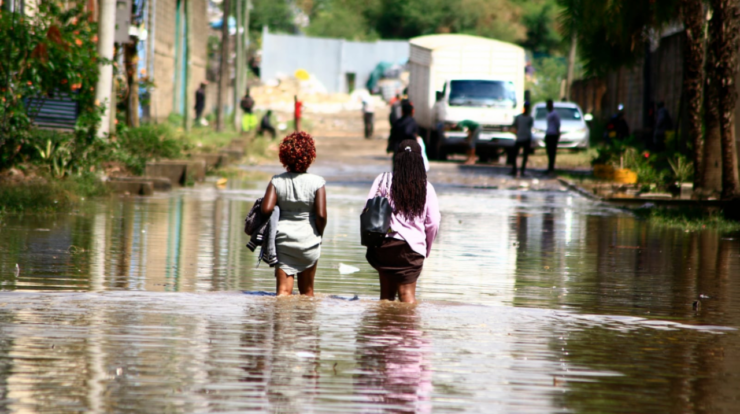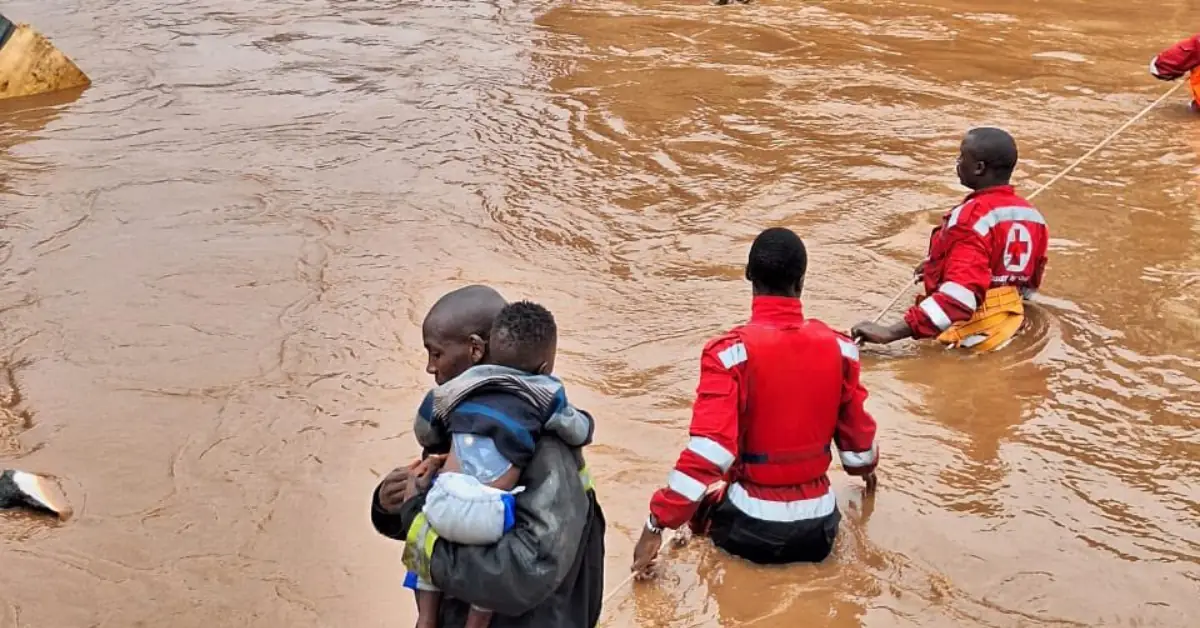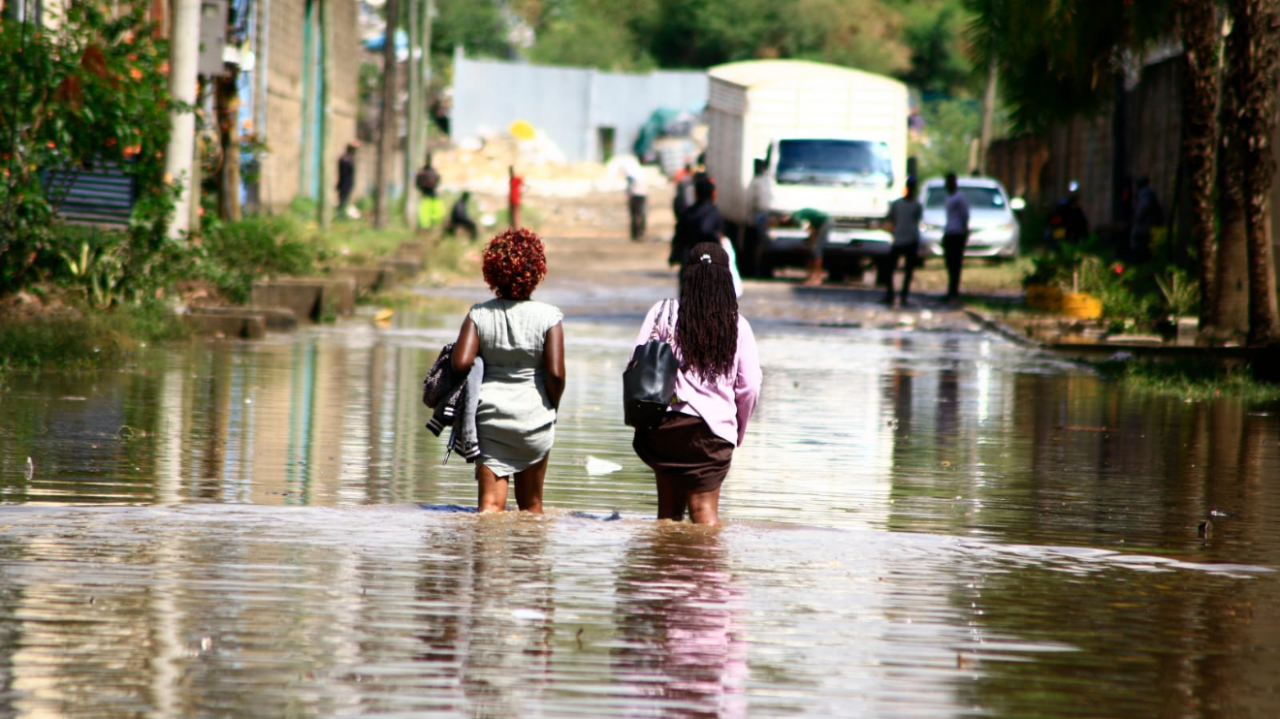
Kenya nairobi flooding – Nairobi, the bustling capital of Kenya, has become increasingly vulnerable to the devastating impacts of flooding. The city’s unique geographical features, rapid urbanization, and changing climate patterns have combined to create a perfect storm, resulting in widespread destruction and suffering.
This comprehensive guide delves into the causes, consequences, and management strategies surrounding Nairobi’s flooding crisis. We will explore the factors contributing to the problem, the devastating impacts it has on the city’s infrastructure, economy, and residents, and the innovative solutions being implemented to mitigate the risks.
Nairobi Flooding Causes: Kenya Nairobi Flooding
Nairobi, the capital of Kenya, is prone to frequent flooding, which has become a major concern for the city’s residents and authorities. The causes of flooding in Nairobi are complex and multifaceted, ranging from geographical factors to urbanization and infrastructure issues.
Geographical Factors
Nairobi is situated in a valley surrounded by hills, which makes it susceptible to flooding during heavy rainfall. The city’s topography, characterized by steep slopes and poor drainage systems, contributes to the rapid accumulation of rainwater, leading to flash floods.
Urbanization and Infrastructure, Kenya nairobi flooding
Rapid urbanization has exacerbated flooding in Nairobi. As the city’s population has grown, so has the demand for housing and infrastructure. However, urban planning and development have often overlooked the need for adequate drainage and flood control measures. Informal settlements, which often lack proper infrastructure, are particularly vulnerable to flooding.
Climate Change
Climate change is also playing a role in increasing the frequency and severity of flooding in Nairobi. Rising temperatures and changes in rainfall patterns have resulted in more intense and unpredictable rainfall events, which overwhelm the city’s drainage systems.
Consequences of Nairobi Flooding
Flooding in Nairobi has significant consequences for the city’s infrastructure, businesses, and residents. The immediate impacts include damage to roads, bridges, and buildings, disruption of transportation and communication networks, and loss of property.
Long-Term Consequences
The long-term consequences of flooding can be even more severe. Flooding can lead to contamination of water sources, increasing the risk of waterborne diseases. It can also damage crops and livestock, impacting food security. Additionally, flooding can disrupt education and healthcare services, affecting the well-being and productivity of the population.
Examples
In 2018, heavy rainfall caused severe flooding in Nairobi, resulting in the displacement of thousands of people and the destruction of homes and businesses. The floods also disrupted essential services, such as electricity and water supply, and led to the closure of schools and hospitals.
Flood Management Strategies

Nairobi has implemented various flood management strategies to mitigate the risks and impacts of flooding. These strategies include structural and non-structural measures.
Structural Measures
- Construction of dams and reservoirs to control water flow
- Improvement of drainage systems, including culverts, channels, and retention ponds
- Building floodwalls and levees to protect vulnerable areas
Non-Structural Measures
- Land use planning and zoning to restrict development in flood-prone areas
- Public education and awareness campaigns to promote responsible behavior and preparedness
- Early warning systems to alert residents of impending floods
Community Involvement and Education
Community involvement is crucial for effective flood management in Nairobi. Local communities can play a vital role in monitoring flood risks, responding to emergencies, and implementing flood mitigation measures.
Successful Examples
In several communities in Nairobi, residents have formed flood preparedness committees that work with local authorities to develop and implement flood management plans. These committees organize community clean-ups, raise awareness about flood risks, and provide support during flooding events.
Education
Education is another important aspect of flood management. Raising awareness about flood risks and promoting responsible behavior can help reduce the vulnerability of communities to flooding.
Final Conclusion

As Nairobi continues to grow and the climate crisis intensifies, it is imperative that the city adopts a comprehensive and collaborative approach to flood management. This includes investing in infrastructure, promoting community involvement, and implementing climate-resilient strategies. By working together, Nairobi can build a more resilient future, where the devastating impacts of flooding are minimized, and the city’s residents can thrive.
User Queries
What are the main causes of flooding in Nairobi?
Nairobi’s flooding is primarily caused by a combination of geographical factors, rapid urbanization, and climate change. The city is situated in a valley surrounded by hills, which makes it prone to flooding during heavy rains. Uncontrolled urbanization has led to the expansion of informal settlements in flood-prone areas, while inadequate drainage systems and poor waste management exacerbate the problem.
What are the consequences of flooding in Nairobi?
Flooding in Nairobi has devastating consequences for the city’s infrastructure, economy, and residents. Floods damage roads, bridges, and buildings, disrupt transportation and communication networks, and contaminate water sources. Businesses are forced to close, leading to job losses and economic losses.
Residents, especially those living in informal settlements, are at risk of losing their homes, belongings, and livelihoods.
What is being done to manage flooding in Nairobi?
The Kenyan government and various organizations are implementing a range of flood management strategies in Nairobi. These include structural measures such as constructing dams, reservoirs, and drainage channels, as well as non-structural measures such as flood warning systems, community education, and land use planning.
Innovative solutions, such as green infrastructure and rainwater harvesting systems, are also being explored.





